3 ARTICLES ON THE CURRENT STATE OF ADDICTION TREATMENTS
Article #1
Staying Sober After Treatment Ends
DESCRIPTION
The well written article realistic discusses what happens after hospital rehab and detox for alcohol and drug addiction. The author points out that well over 50% relapse and that only 40% or so of those that stay in recovery continue to show problems. To quote the author, “Many patients walk out the door — and fall off a cliff.” After-Care programs are an important set of tools in the fight to prevent relapse from an addiction. The author discusses a number of programs, insurance issues, and therapy issues aimed at following the individual after detox and rehab. Article #2 is a look at medications used to fight addiction.
SOURCE
New York Times, February 9, 2016, By Tina Rosenberg
LINK TO RESOURCE
http://opinionator.blogs.nytimes.com/2016/02/09/staying-sober-after-treatment-ends/
(Tiny URL) http://tinyurl.com/j9eaudm
Article #2
Medicines to Keep Addiction Away
DESCRIPTION
The article begins with: “America’s drug crisis, which now kills more people each day than car crashes or gun violence, has challenged the conventional wisdom about recovery.” The author in this Part 2 article points out that the relapse rate is so high even after rehab and detox, that more is necessary in terms of after care for addiction recovery. Further, though many find it to be life saving, Alcoholics Anonymous (AA) and Narcotic Anonymous (NA) are not all that helpful to the vast majority of those trying to recover and abstinent. The article discusses a number of medications that are now both being tested and used to help addicts fight the cravings that lead to relapse. Both the positive and negative of medication use is highlighted; the positive benefits far outweigh the negative. The author also provides links to a number of studies that point out to the benefits of the medications.
SOURCE
New York Times, February 16, 2016, By Tina Rosenberg
LINK TO RESOURCE
(Tiny URL) http://tinyurl.com/hv8euzv
Article #3
The Irrationality of Alcoholics Anonymous
DESCRIPTION
This is a very extensive and comprehensive article that attempts to look at the issue of Alcoholics Anonymous (AA) in light of actual data on treatment effectiveness for abstinence. After providing an extensive history on the origin of AA, the author concludes that “The problem is that nothing about the 12-step approach draws on modern science: not the character building, not the tough love, not even the standard 28-day rehab stay.” Statistically, while AA does in fact help many, the author concludes that the vast majority are not helped and will relapse. Further, the author discusses both the brain and neurological mechanisms in alcohol consumption and abuse. Alternate programs to the AA approach are surveyed in both the United States and European countries. The programs include various after care paradigms as well as medications used to stave off craving and help sobriety. The article is very opinionated and judgmental about the approaches and tries to pinpoint what would be the most up to date efficacious successful programs.
SOURCE
Atlantic Monthly, April 2015, by Gabrielle Glaser
LINK TO RESOURCE
(Tiny URL) http://tinyurl.com/nfufj3x
CLASS DISCUSSION QUESTIONS
•Open up the discussion: What is addiction? What are the types of addiction?
•Is an addiction the same as a compulsion?
•According to the articles: what has been the traditional treatment for addiction?
(focus on rehab/detox and AA)
•What have studies shown about the effectiveness of AA as a treatment? (statistical outcomes of effectiveness)
•Why is “after care” needed after rehabilitation?
•What are the alternative treatments for addictions? (include the new medications, therapy and after care models, and cross cultural research cited)


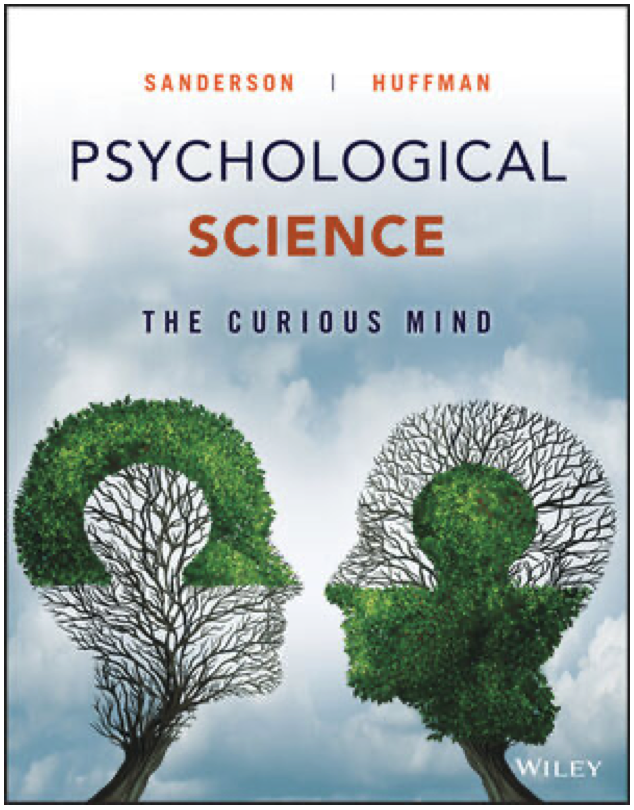
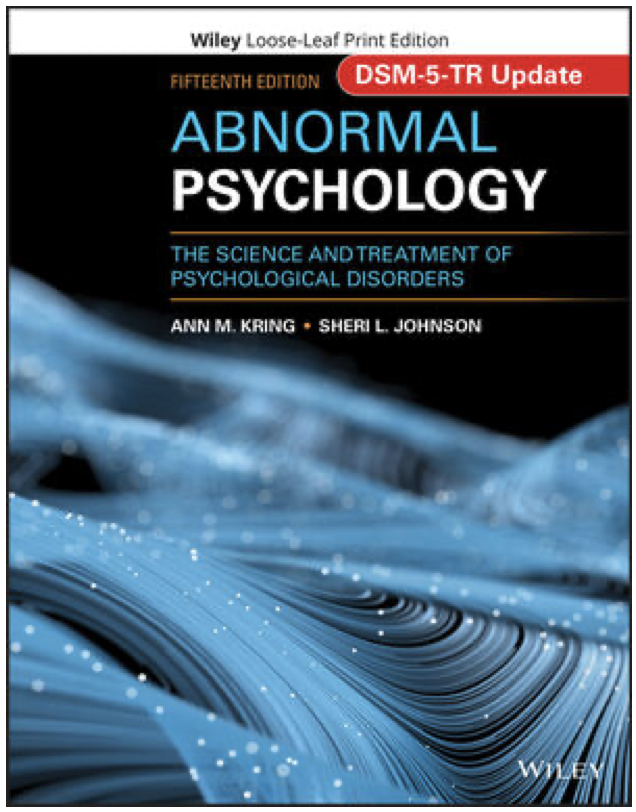
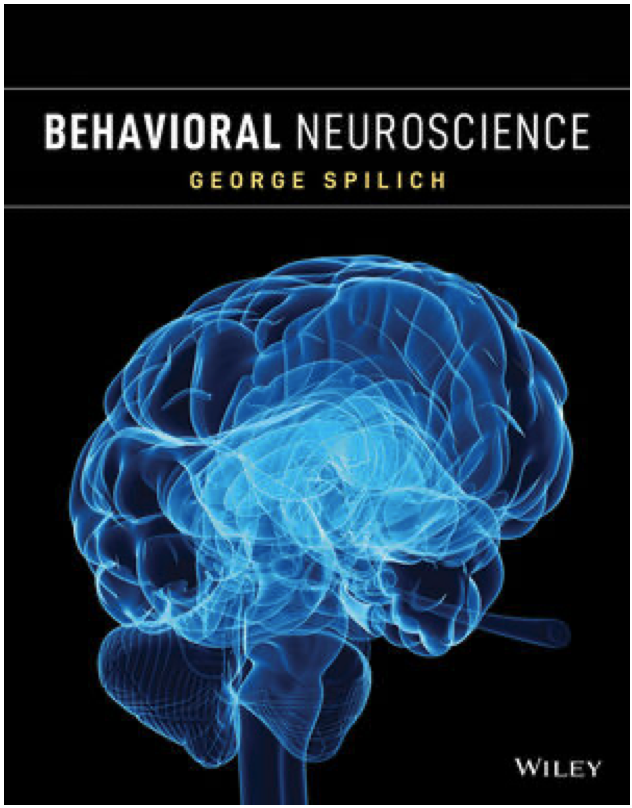
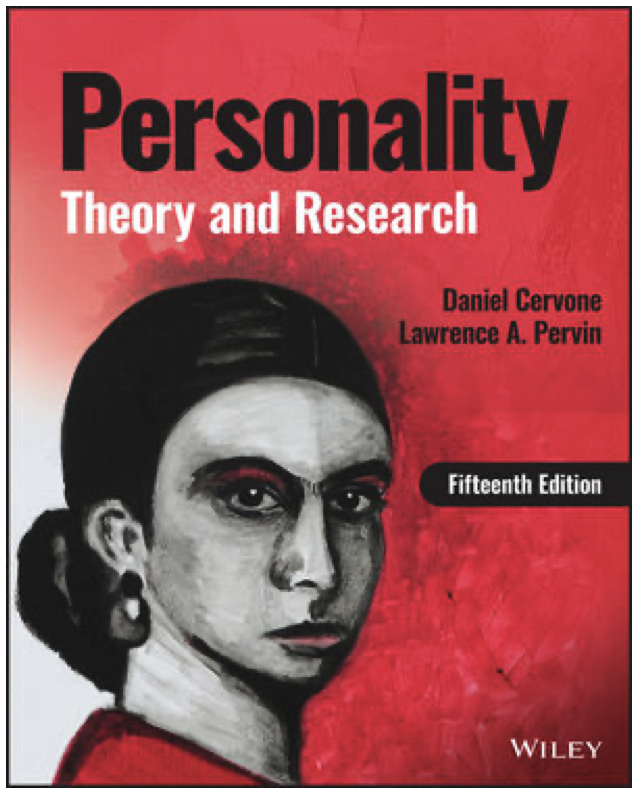
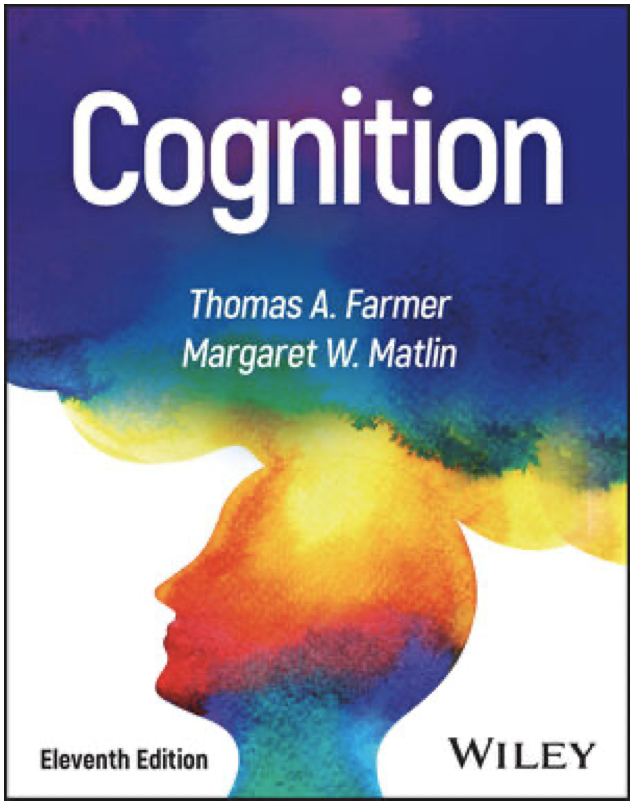
Leave a Reply